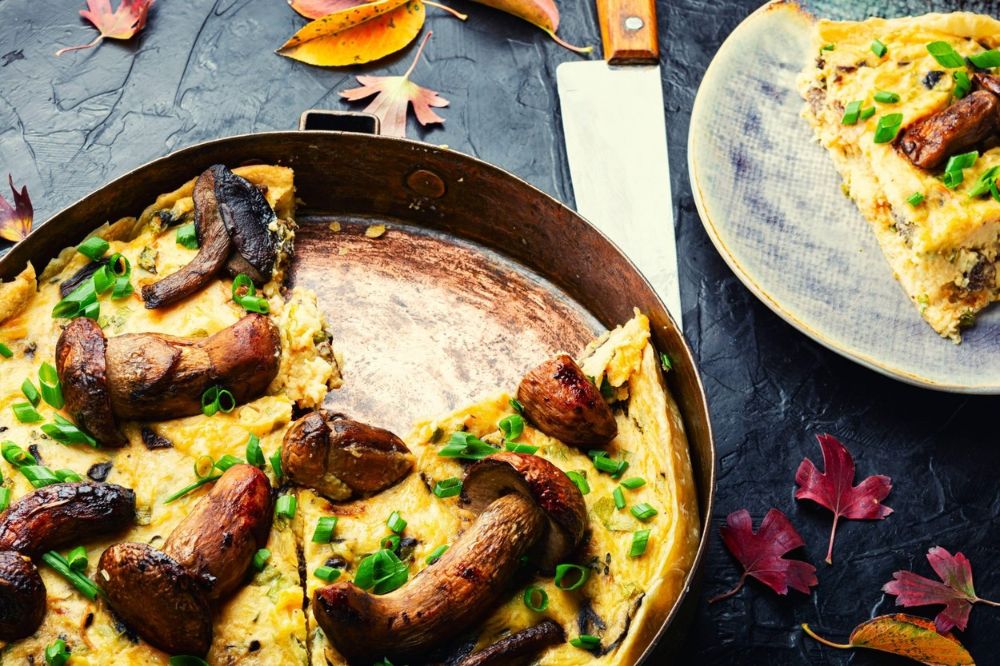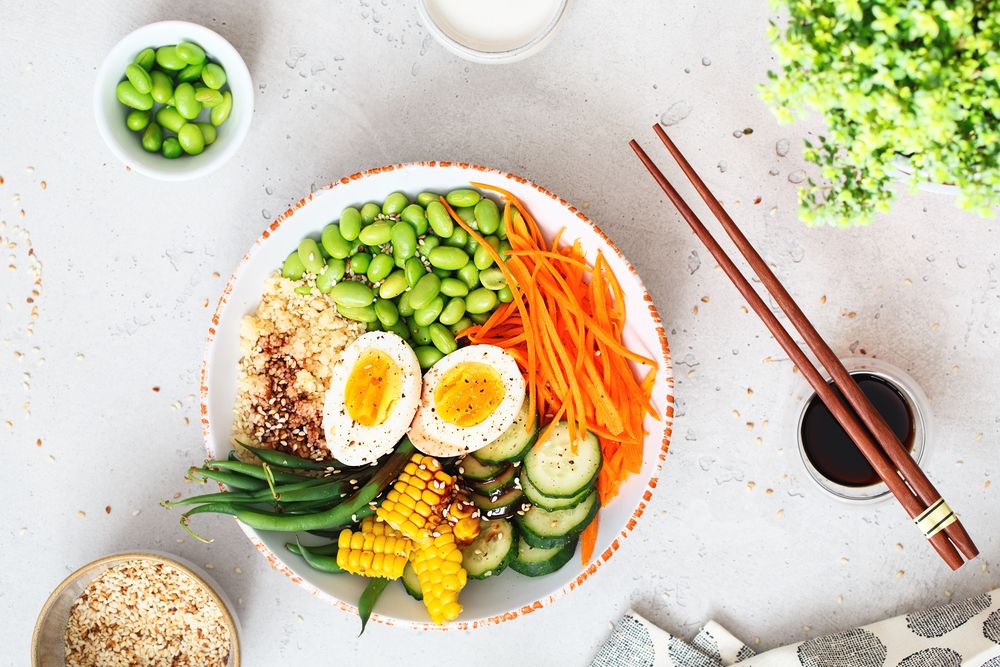Your goals are an important factor when trying to decide whether intuitive eating is the right approach for you. Intuitive eating is simply a different tool than going on a diet. That doesn’t mean everyone should use it. You always have to pick the right tool for the right job. So, which jobs is this tool best for?

Intuitive eating fits these scenarios
Living well – If your goal is simply to live well, stay healthy, and enjoy cycling as long as you can, then intuitive eating is a great choice. It will teach you about hunger and satiety signals and give you the tools to maintain a good diet on a long-term basis.
Improving your relationship with food – If you’re a chronic dieter that developed bad habits around food, intuitive eating is perfect for you. It’s a great way to get back to basics and restart you way towards a good relationship with food.
Reducing guilt around food – If you often feel guilty after eating certain foods or even suffered from an eating disorder, then intuitive eating might be a way to improve your situation.
Getting to know your hunger and fullness signals – If you’ve never really paid attention to how your body reacts to food and how cravings, hunger, and satiety feel then intuitive eating will help.

Intuitive eating is not a good idea for these goals
Weight loss and body composition changes – If you need to reduce body fat for your upcoming race or lose weight for health reasons then intuitive eating is not the best tool for that. To be more precise, intuitive eating principles can be useful here too, but they have to be combined with other nutrition strategies.
Fuelling on the bike – When it comes to choosing your fuel for long training sessions and races intuitive eating is not good enough. You would get better results using a more precise approach when it comes to performance nutrition.
How do I start?
If you think you could benefit from intuitive eating, here’s a quick way to get started.
- Take stock of your own eating behaviours and attitudes to food. Practice being aware of your emotions around food and eating.
- When you eat, ask yourself if you’re experiencing physical or emotional hunger.
- If it’s physical hunger, rank it 1-10 from starving to stuffed.
- Aim to eat when you’re hungry but not starving.
- Stop when you’re comfortably full, not stuffed.
If this approach resonates with you, there are books that help you study it in more detail. And it’s always worth consulting with a nutritionist or a dietitian that uses this approach.







